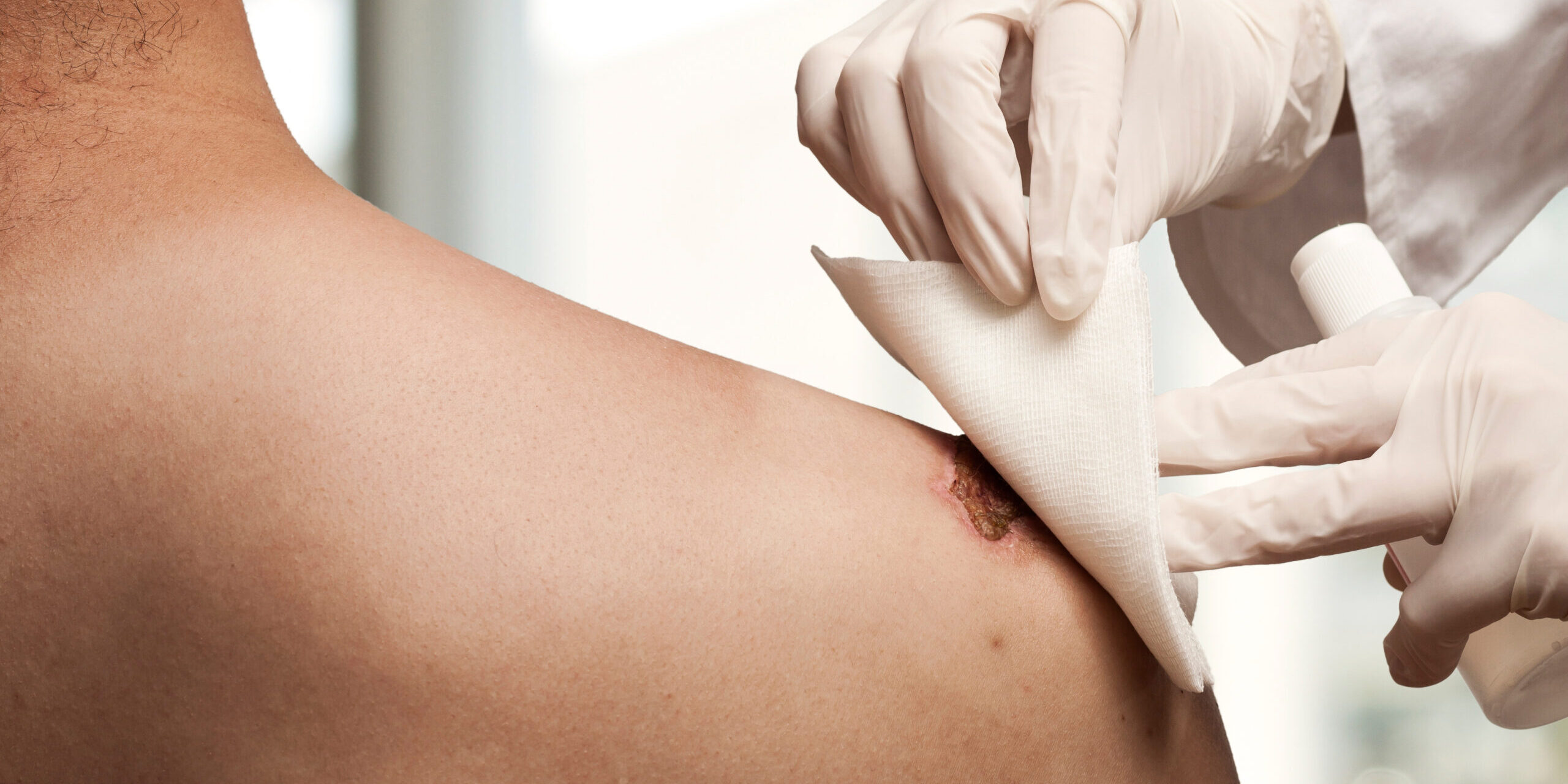
Chitosan vs. Kaolin vs. Gelatin vs. Fibrin: Choose What’s Best for You
In emergency medical situations, hemostatic dressings play a critical role in controlling severe bleeding and preventing excessive blood loss. Whether in military combat, trauma care, or surgical settings, selecting the right hemostatic dressing product can mean the difference between life and death. Among the many available hemostatic agents, chitosan, kaolin, gelatin, and fibrin are the most widely used.
Each of these materials has unique mechanisms of action, advantages, and limitations. In this article, we will compare their strengths, weaknesses, and applications, and explore why chitosan-based hemostatic dressings, such as Axiostat, are emerging as the most versatile and effective choice for emergency bleeding control.
Understanding Hemostasis
Before diving into the comparison, let’s first understand the meaning of hemostasis. Hemostasis is the body’s natural process of stopping bleeding after an injury. It occurs in three main phases:
- Vasoconstriction – Blood vessels constrict to reduce blood flow.
- Platelet Plug Formation – Platelets adhere to the injury site and form a temporary seal.
- Coagulation Cascade Activation – Clotting factors trigger fibrin formation, stabilizing the clot.
In situations where the body’s natural response is insufficient, hemostatic dressings are used to accelerate and reinforce the process.
Comparison of Hemostatic Agents
Chitosan-Based Hemostatic Dressings
Mechanism of Action
Chitosan, derived from chitin (a natural biopolymer found in shellfish exoskeletons), works by:
- Charge-based adhesion: The positively charged chitosan attracts negatively charged red blood cells, forming an instant clot.
- Platelet activation: Chitosan triggers clotting by interacting with Toll-like receptors (TLR2) on platelets.
- Enhanced clot stability: The clot remains intact even in anticoagulated patients.
Strengths
- Stops bleeding instantly – Effective even in severe trauma cases.
- Works independently of clotting factors – Ideal for patients on anticoagulants.
- Superior biocompatibility – Reduces infection risk and promotes healing.
- Painless removal – Unlike some other hemostatic gauze dressings, chitosan dressings do not stick to wounds.
- Versatile applications – Used in military combat, emergency bleeding control, surgical procedures, and trauma care.
Weaknesses
- Higher cost compared to some traditional hemostatic agents.
- Allergy risk for individuals sensitive to shellfish (although purified chitosan minimizes this risk).
Common Applications
- Combat casualty bleeding (Chitosan hemostatic gauze like Axiostat is a preferred military hemostatic dressing).
- Trauma hemostatic dressing for road accidents, gunshot wounds, and deep cuts.
- Surgical hemostasis to control intraoperative bleeding.
Kaolin-Based Hemostatic Dressings
Mechanism of Action
Kaolin is a mineral that activates the clotting cascade by triggering Factor XII, which initiates the coagulation process. Unlike chitosan, kaolin does not rely on charge-based clotting.
Strengths
- Widely used in combat gauze (e.g., QuikClot Combat Gauze).
- Proven efficacy in stopping arterial and venous bleeding.
- No biological origin – Ideal for patients with seafood allergies.
Weaknesses
- Relies on the body’s clotting factors, making it less effective in anticoagulated patients.
- Can cause exothermic reactions (heat release), potentially damaging tissues.
- May cause clot instability in high-flow bleeding.
Common Applications
- Military hemostatic dressing (Combat gauze).
- Emergency hemostatic dressing for pre-hospital and EMS settings.
- Bleeding control in surgeries and trauma care.
Gelatin-Based Hemostatic Agents
Mechanism of Action
Gelatin hemostats work by absorbing blood and creating a scaffold that promotes clotting. They are typically used as sponges or foams in surgical settings.
Strengths
- Biodegradable and absorbable – No need for removal.
- Ideal for surgical use – Supports tissue regeneration.
- Can be combined with thrombin for enhanced clotting.
Weaknesses
- Slower hemostasis compared to chitosan and kaolin.
- Limited use in active external bleeding – Not suitable for emergency bleeding control.
- Risk of infection if left in contaminated wounds.
Common Applications
- Surgical hemostasis (e.g., neurosurgery, cardiovascular procedures).
- Minor bleeding control in controlled environments.
Fibrin-Based Hemostatic Agents
Mechanism of Action
Fibrin-based hemostats mimic the final step of the coagulation cascade by delivering fibrinogen and thrombin directly to the wound. This instantly forms a fibrin clot.
Strengths
- Highly effective in surgical settings – Used in delicate surgeries.
- Promotes wound healing by reinforcing natural clotting.
- Ideal for patients with clotting disorders.
Weaknesses
- Expensive compared to other hemostatic options.
- Limited shelf life and requires specific storage conditions.
- Not suitable for pre-hospital trauma settings.
Common Applications
- Cardiovascular and neurosurgical procedures.
- Organ transplant surgery.
Why Chitosan Is Emerging as the Most Versatile Hemostatic Agent
Among the four major hemostatic agents, chitosan stands out as the most versatile and effective option for emergency bleeding control.
- Works in all bleeding conditions – Unlike kaolin and gelatin, chitosan does not rely on the body’s clotting factors.
- Stops the bleed instantly – Faster than fibrin-based agents in trauma scenarios.
- Safe and biocompatible – Reduces infection risk and promotes healing.
- Ideal for emergency situations – Used in military, trauma, and surgical settings.
Products like Axiostat have revolutionized chitosan hemostatic dressings, making them the preferred choice for trauma hemostatic dressing and combat casualty bleeding control.
Conclusion
Choosing the right hemostatic dressing product depends on the situation, bleeding severity, and patient condition. While kaolin, gelatin, and fibrin-based agents have their strengths, chitosan hemostatic gauze has emerged as the most effective and versatile solution for stopping bleeding instantly.
From battlefield injuries to surgical bleeding, Axiostat’s advanced chitosan hemostatic dressing ensures rapid hemostasis, minimal complications, and superior patient outcomes.
For more information on Axiostat and how it can enhance bleeding control, visit www.axiostat.com.
 A collaborative study with Harvard Medical School
A collaborative study with Harvard Medical School





